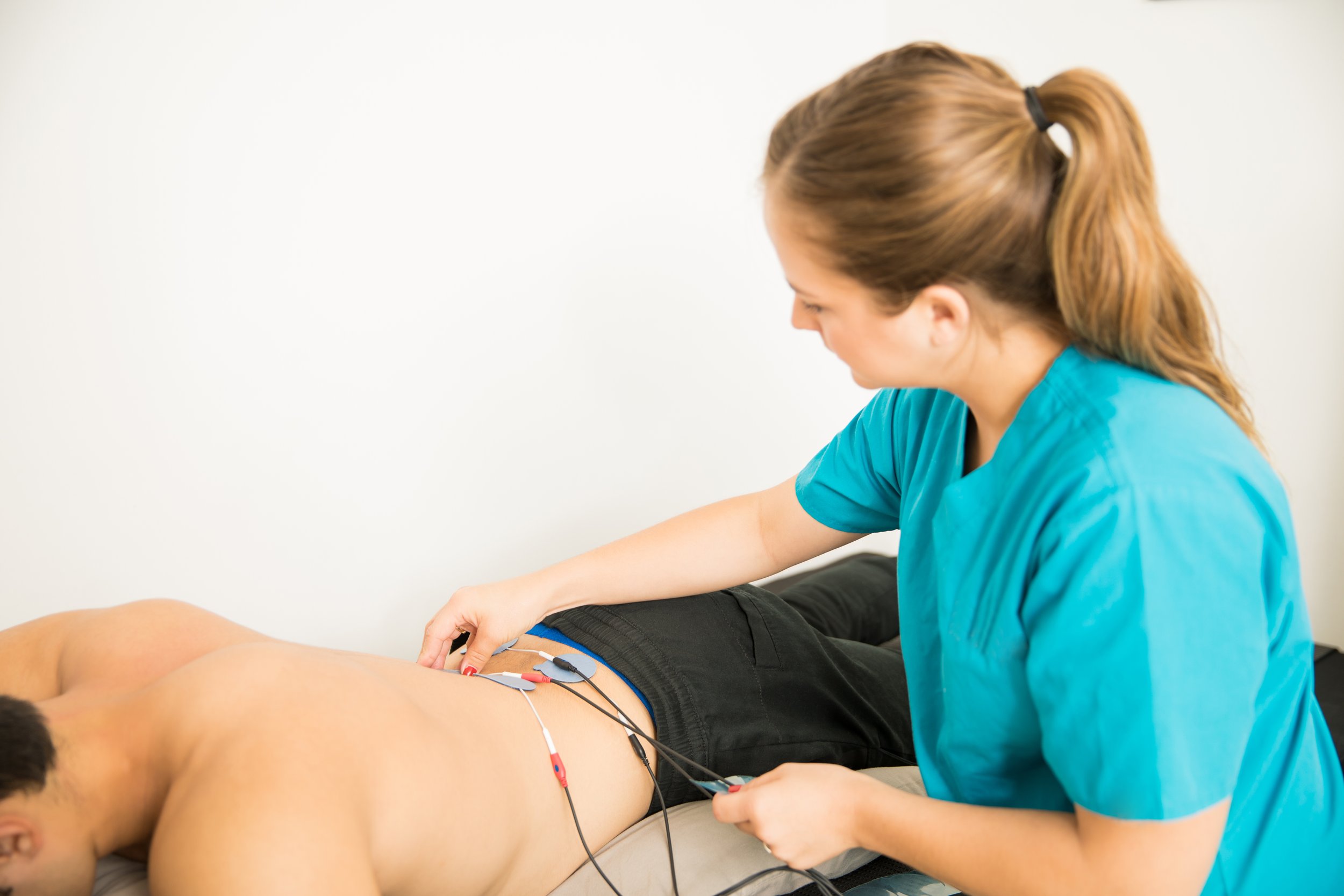Chronic pain affects millions of people and can interfere with everyday routines, sleep, movement, and emotional well-being. Whether caused by injury, inflammation, nerve conditions, or degenerative issues, ongoing discomfort often leads individuals to seek relief that avoids invasive procedures or dependence on medication. Pain management focuses on strategies that help reduce pain and improve function while considering each person’s unique condition. As understanding of pain evolves, so do the options for treating it in ways that are safe, effective, and sustainable.
Exploring the Benefits of Non-Invasive Pain Solutions
Non-invasive pain management treatments aim to address the root cause of discomfort without surgery or injections. These options typically involve minimal recovery time and carry fewer risks than invasive procedures. Many individuals also appreciate the ability to continue with regular activities during care. Common non-invasive treatments include physical therapy, acupuncture, massage, and certain forms of electrical stimulation. Each method targets specific pain pathways and supports the body’s natural healing processes, making them helpful additions to a personalized care plan.
Physical therapy remains a cornerstone of non-invasive pain management. Through guided movement, stretching, and strengthening exercises, it addresses muscular imbalances, improves joint mobility, and reduces strain on painful areas. Therapists also teach techniques to modify posture and body mechanics during daily tasks. These adjustments often prevent further aggravation and empower individuals to move more comfortably. Progress is gradual, but over time, consistent therapy leads to better control of symptoms and improved quality of life.
Incorporating Mind-Body Approaches for Lasting Change
Chronic pain may involve both physical and emotional components. Treatments such as mindfulness, meditation, and cognitive behavioral strategies have shown promise in reducing pain intensity and improving coping mechanisms. These therapies support nervous system regulation and reduce stress, which often contributes to muscular tension and increased sensitivity. When used in combination with physical treatments, mind-body practices can strengthen overall pain management outcomes.
Advancing Technology in Non-Invasive Pain Therapies
Modern tools have expanded the range of options available. Transcutaneous electrical nerve stimulation (TENS) devices, for example, deliver low-voltage electrical currents to disrupt pain signals. These are often used at home and adjusted to individual comfort levels.
Other innovations include laser therapy and ultrasound treatments, which may promote healing at the cellular level by increasing circulation and decreasing inflammation in targeted areas. While not suitable for all conditions, these technologies provide relief for some individuals without the need for medications or injections.
Choosing the Right Strategy Based on Your Needs
Pain management plans should always reflect personal goals, lifestyle, and the nature of the underlying condition. What works well for one person may not be as effective for another. An evaluation by a provider familiar with both traditional and emerging treatments can help determine which non-invasive methods are most appropriate. In many cases, combining multiple approaches provides the most effective relief. For example, someone might benefit from physical therapy while also using mindfulness techniques and TENS therapy to manage flare-ups.
Create a Supportive Long-Term Pain Management Plan
Managing pain without invasive measures takes consistency, patience, and guidance. Individuals who stay engaged in their treatment process often report better long-term outcomes. Education, regular reassessment, and communication with care providers help refine strategies as needs evolve. Choosing non-invasive methods for pain management does not mean settling for less effective care. Instead, it emphasizes a proactive, whole-person approach that encourages healing, resilience, and increased independence in the face of chronic pain.
- Preparing for Thyroid Surgery and Understanding the Recovery Process
- Understanding the Connection Between Depression and Chronic Illness
- The Role of Preventive Care in Federal Dental Coverage
- Natural Supplements for Hemorrhoid Relief
- How an Optometrist Can Help with Presbyopia and Age-Related Vision Changes


Leave a Reply